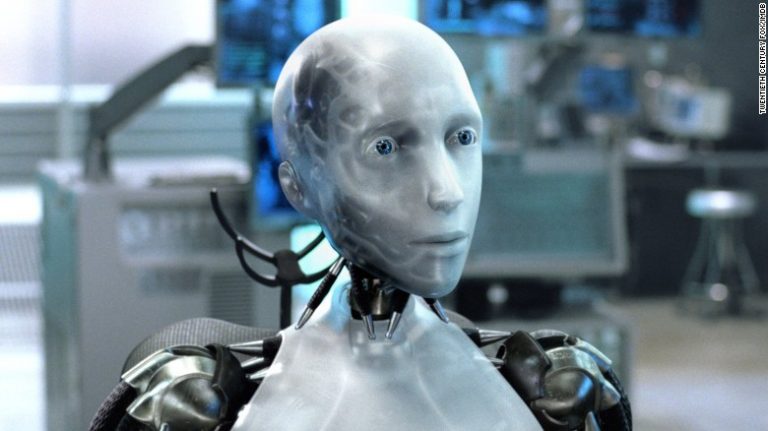
The stock of Amazon.com, Inc (NASDAQ:AMZN) closed at $1,105.28 losing 0.50% in yesterday’s trading session. The news that this company had plans underway to replace human workers with robots wasn’t received well by many who cling to the Luddite Fallacy that machines cause unemployment, rather than increase productivity.
Earlier on, the digital sales leader had taken to testing Amazon Go, a convenience store concept. This one wasn’t associated with the traditional human-manned checkout stations and that meant that many would end up losing their jobs, but being available for other jobs more needed. The future of retail is an automated one and the nature of Go tells it all.
It is possible that that is where the future is taking us. Yet, the retailer through a statement disclosed that it was planning to hire 120,000 seasonal holiday workers. About 6,000 people might be getting jobs with Whole Foods Market after it made the announcement that it needed to add to its staff. The positions will be both full- and part-time workers for permanent and seasonal positions.
Whole Foods is optimistic that the plan will work for it as well because its parent company used it and succeeded. On Nov. 2, the Whole Foods might hold a National Hiring Day at all its U.S. stores and will be seeking to fill about 6,000 positions. Whole Foods employs 87,000 people globally.
The company’s spokesperson said, “The event includes full-time and part-time opportunities for both seasonal and permanent positions, including cashiers, culinary experts, and prepared foods specialists. Candidates can visit any Whole Foods Market store on Nov. 2 and receive an interview, with opportunities for on-the-spot job offers.”
The unemployment rate declined to 4.2% in September according to the Bureau of Labor Statistics (BLS). It was the lowest rate in a decade and it indicates that the labor market is pretty tight at the moment, despite all the robots and machines employers use every day to do work instead of humans.




